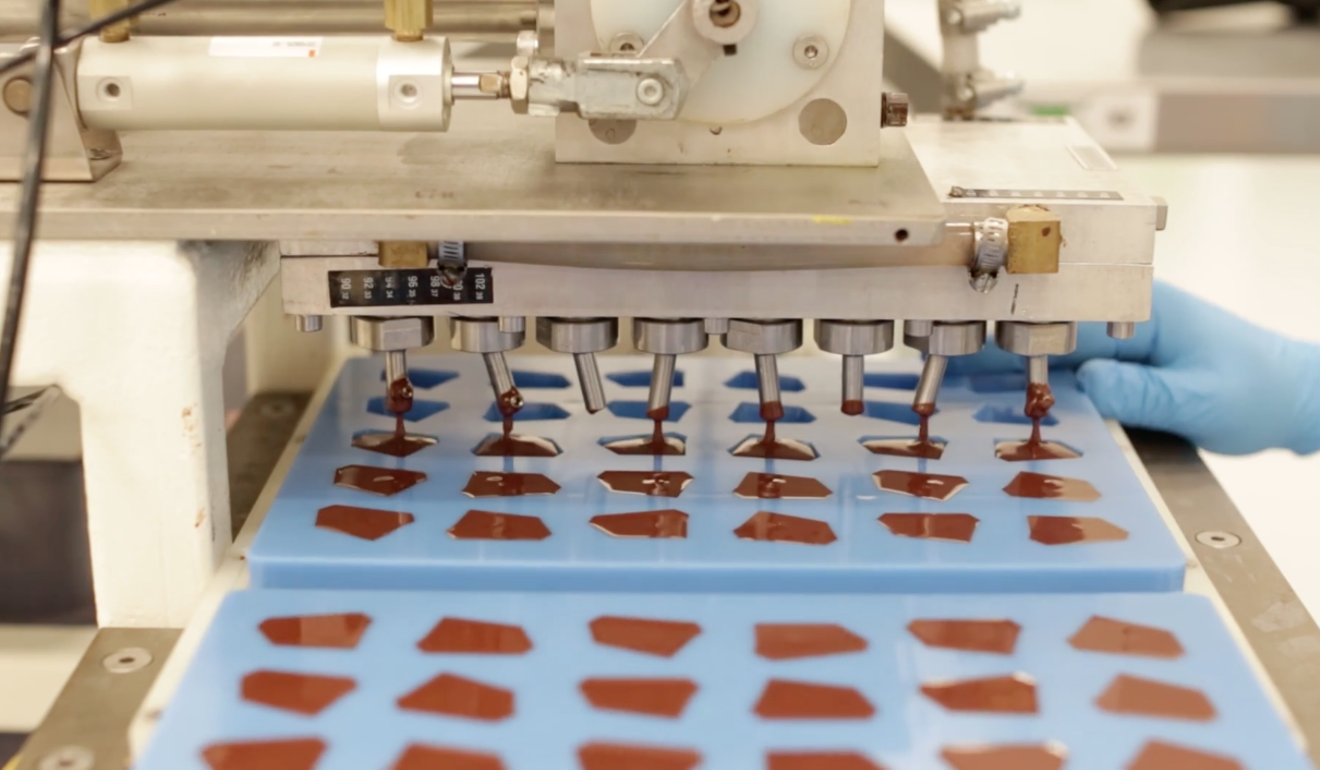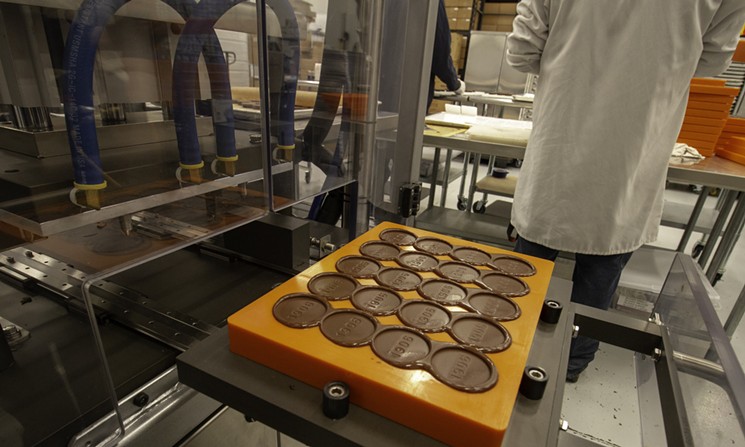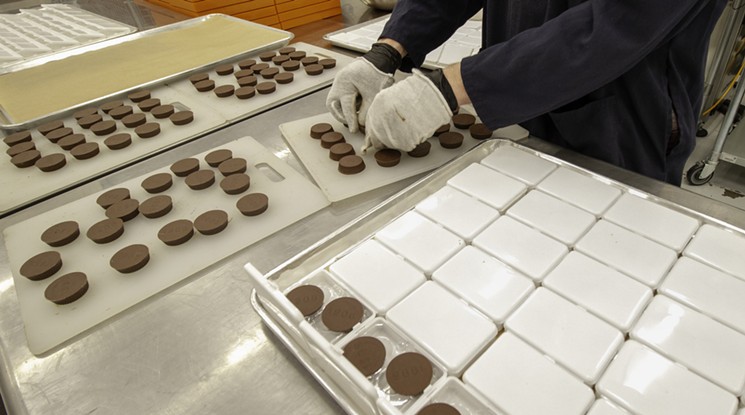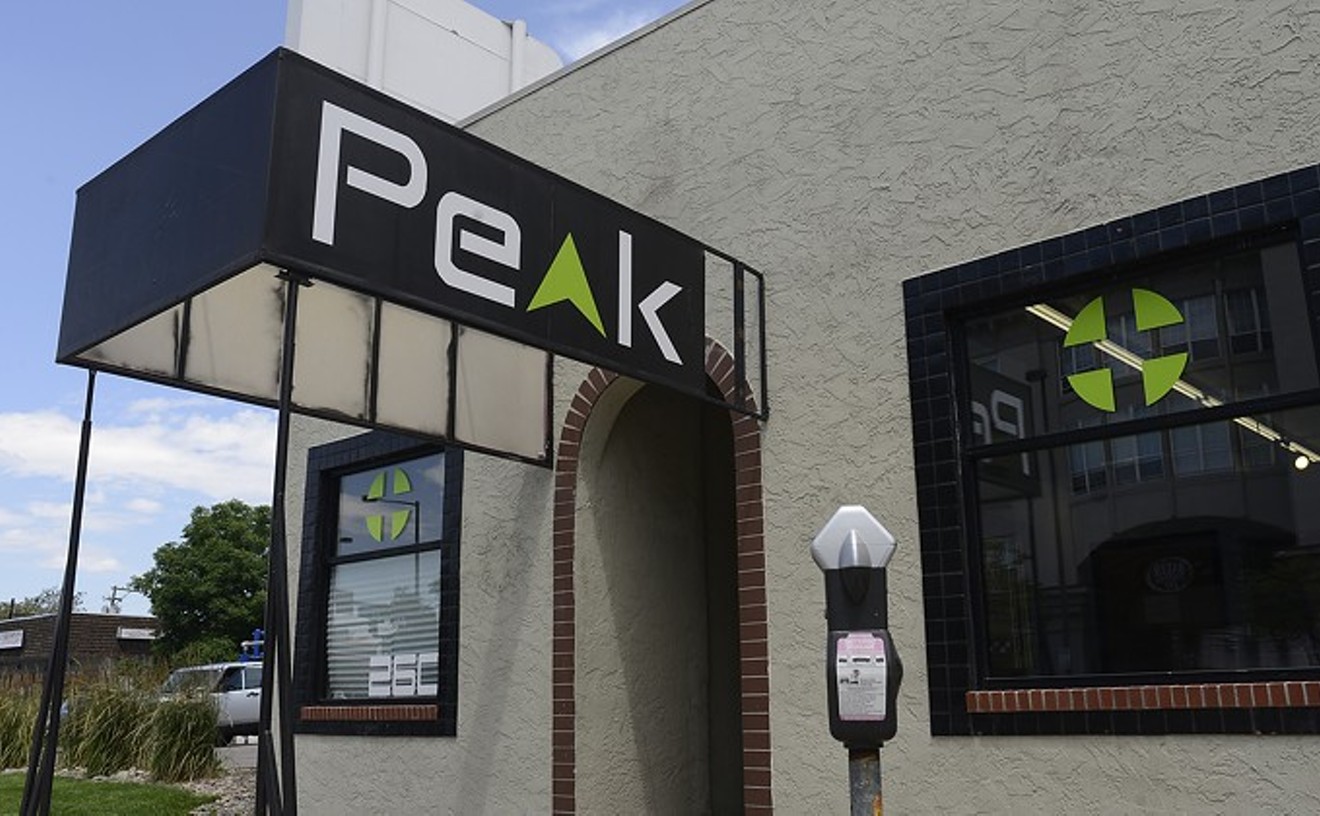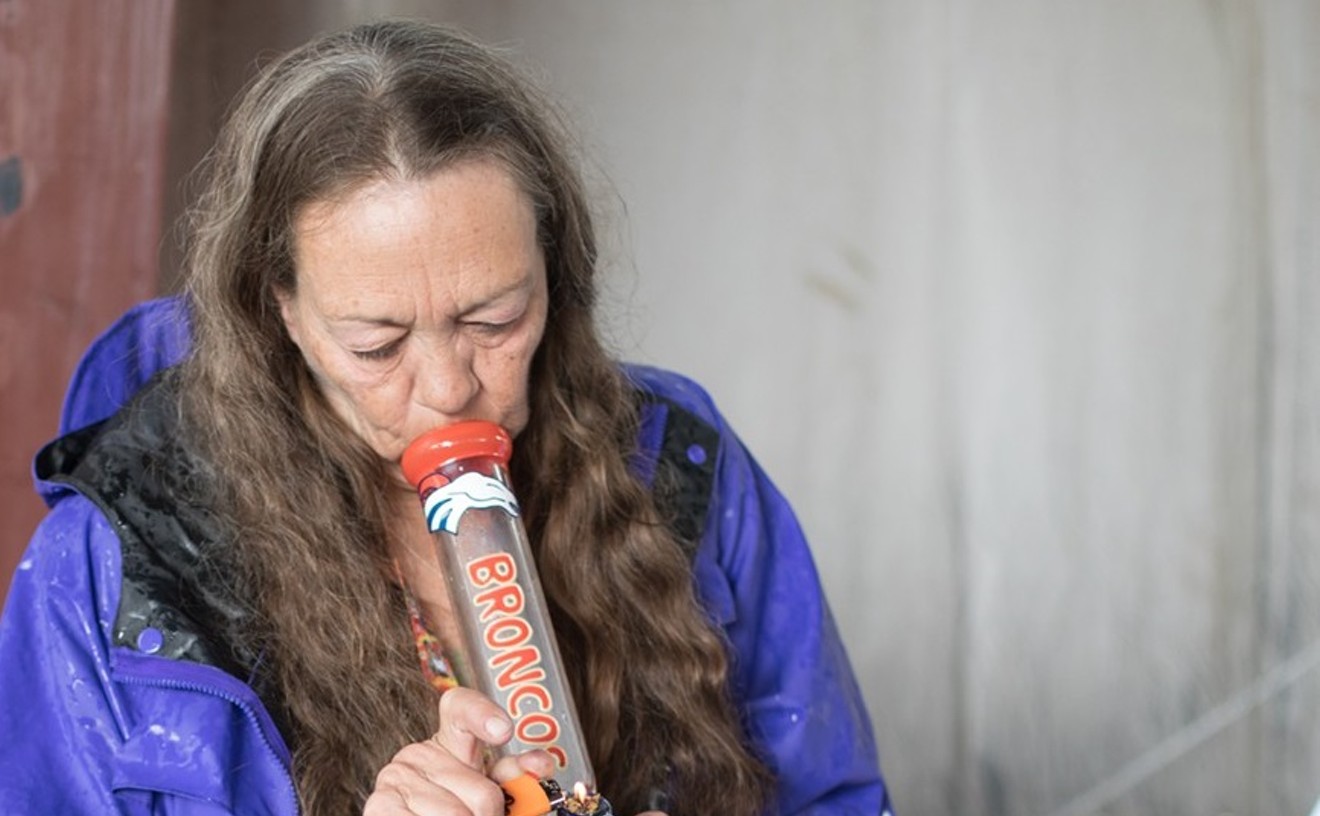When Peter Barsoom moved to Colorado in 2015, he didn't just leave New York. He left his finance career of over twenty years and dove into the state's burgeoning cannabis industry. Shortly after researching retail pot, Barsoom noticed three issues in the edibles market that he wanted to pounce on.
From that came 1906.
“One: most products taste bad; [there is] a strong hashy flavor, and poor quality ingredients," he explains. "Second, you have no idea how it’s going to make you feel... and the third issue is the long delay between ingestion time and when you start to feel the effects."
Although it might not seem very long ago, Colorado's retail pot industry was plagued by uneducated consumers and inconsistently dosed products in the early years (and still is, to some extent). Both sides have matured since then, though, in part thanks to companies moving from washing machines to laboratory equipment for cannabis extraction.
While preparing to launch 1906 edibles, Barsoom named the company with a higher reputation in mind: It's named after the Federal Food and Drugs Act of 1906. The act (essentially a response to Upton Sinclair’s novel about the meatpacking industry, The Jungle) required that food and drugs have more transparent labeling and created the United States Food and Drug Administration.
Learning the process behind pot-infused chocolate is a much more appetizing take on "how the sausage is made" than actual sausage (we're sure Sinclair would've agreed). So Westword took a tour with Barsoom at the 1906 facility in Boulder to get a whiff, and then some.
With names like "Go," "Chill," "Love," "Bliss" and "Midnight," the infused chocolates and chocolate-covered coffee beans push an experience relative to their names; visual-friendly ingredients are listed on the labels to openly describe potential benefits of the ingredients as they relate to each treat.
Before all the other fixings get added, though, 1906 chocolatiers must make the base: a mixture of cannabis oil and cocoa. Just like water for a brewer, the base ingredient is very important — as is the process that follows.
Since production and safety regulations in the cannabis industry are not monitored by the FDA, 1906 wants to avoid any future conflicts should that day arrive. “I think the cannabis industry, in general, is quite complex. And one of the things I benefit from, coming out of twenty years of finance, is that finance is the most regulated industry that we have. [Finance] is more regulated than pharmaceuticals, so I’m used to compliance,” Barsoom says.
Barsoom wants his company's five product categories to be transparent — but he's still a salesman. For example, Love is marketed as an aphrodisiac chocolate, made with muira puama and catuaba — herbs known to escalate blood flow to the pelvic region, resulting in erections in men and an increased sensation in women. Corydalis, a root plant that helps with depression, blood pressure and sleep, is a primary ingredient in Midnight.
Caffeine, amino acid l-theanine, THC and CBD combine in Go to give users euphoria and energy; it's targeted toward athletes and active users. Both Chill and Bliss feature magnolia, which 1906 says helps form a calming relationship between THC and CBD in the body.
Recipe combinations are mixed in a room similar to a college chemistry laboratory. Graduated cylinders, distillation apparatuses, Florence flasks and pipettes sit on shelves, with two lab-coat-sporting chefs weighing, mixing and perfecting the recipes. A shelf of the aforementioned ingredients, organized and labeled accordingly, is not far away.
Once the initial chocolate mixtures are weighed and perfected, the concoctions are moved to the main room. Here, depending on the recipe, the chocolate is mixed in large vats for 24 to 48 hours, until the mixture is consistent throughout.
On a recent production day, the kitchen was preparing a batch of Bliss peanut butter cups containing 5 to 20 milligrams of THC, depending on recreational or medicinal status.
One of the most important steps for the chefs is avoiding "blooming" which results in a dusty layer of sugar forming on top of the chocolate. It's avoided by bringing the temperature of the chocolate down to approximately 30 degrees in a matter of minutes, which helps properly mix the fats. Blooming occurs when the chocolate gets too warm or changes temperature too quickly, resulting in moisture separation.
The cups require a special process, though, because the peanut butter portion doesn’t actually contain any THC or CBD. This three-part process involves pressing the cups in the molds, filling them with peanut butter, then capping them off with 1906-branded tops. From there, the products move to the packaging table, where kitchen employees sort them and do quality-control checks.
On the horizon, 1906 has plans to expand outside of chocolate: The brand is currently testing candy tablets, which it hopes to bring to market later this year, and dabbling in drinks to capitalize on the latest craze of flavored, bubbly waters like La Croix or White Claw. Company researchers are also trying to perfect the onset time of cannabinoid ingestion, observing water solubility, molecules and more skunky science.
Wherever the journey takes Barsoom and his team, we expect it to be delicious.
[
{
"name": "Air - MediumRectangle - Inline Content - Mobile Display Size",
"component": "12017618",
"insertPoint": "2",
"requiredCountToDisplay": "2"
},{
"name": "Editor Picks",
"component": "17242653",
"insertPoint": "4",
"requiredCountToDisplay": "1"
},{
"name": "Inline Links",
"component": "18838239",
"insertPoint": "8th",
"startingPoint": 8,
"requiredCountToDisplay": "7",
"maxInsertions": 25
},{
"name": "Air - MediumRectangle - Combo - Inline Content",
"component": "17261320",
"insertPoint": "8th",
"startingPoint": 8,
"requiredCountToDisplay": "7",
"maxInsertions": 25
},{
"name": "Inline Links",
"component": "18838239",
"insertPoint": "8th",
"startingPoint": 12,
"requiredCountToDisplay": "11",
"maxInsertions": 25
},{
"name": "Air - Leaderboard Tower - Combo - Inline Content",
"component": "17261321",
"insertPoint": "8th",
"startingPoint": 12,
"requiredCountToDisplay": "11",
"maxInsertions": 25
}
]

